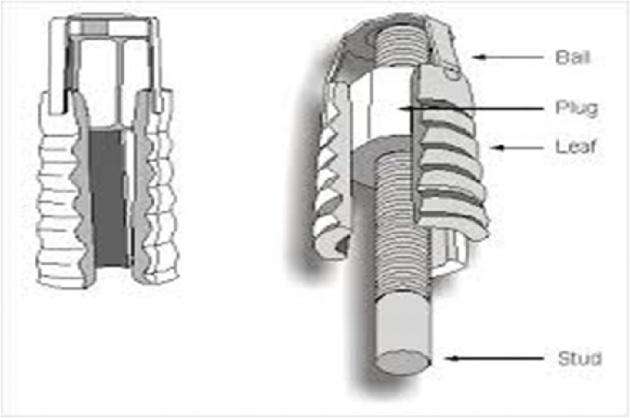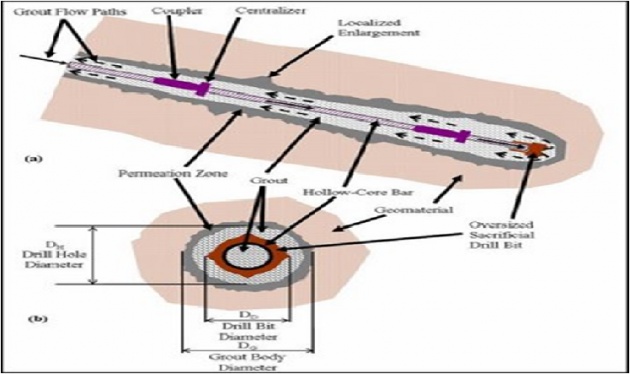Following are the main Geological Structural Details to be collected for the Tunnelling Works:
1) Details of the nature of the Rock Formation and Types of the rocks of that area along the line of tunnel
2) Joint system in the rocks, details of folds and faults with strike and dip, together with whether the faults are active or dead – Construction of a tunnel with its longer axis passing along and close to the longer axis of a fault must be avoided
3) Dissolution channels, cavities, karst formation, caving, etc especially in the limestone
4) Whether there have been any landslide in the past in that area.

Effect of Ground-water Table on Tunnelling Works:
Detailed Ground-Water Survey is carried out showing the details of Ground-Water, especially Ground-Water Table Level during whole the year
1) All types of ground water contains large amount of salts and chemicals. Hence this water may have reacted with the minerals of the rocks at their joints and fractures and produced the clays and other products which could be different from those as identified and given in the preliminary geo-surveying

2) A number of times, tunnels get flooded with the ground-water either of water-table or trapped water. Hence pumping and drainage arrangement must be kept in view and mentioned in detail, in the plan of the tunnelling works
Easily affected rocks when exposed to water, air, and other liquids and gases: Shale gets mostly and easily affected by the said agencies; then comes Limestone
Shales are of Four Types: (i) Argillaceous Shale: composed of very fine-grained material such as clay (ii) Siliceous Shale: containing silica (iii) Arenaceous Shale: containing sand and
(iv) Calcareous Shale: containing CaCO3 ; sometimes said for lime (CaO) too
For example, argillaceous shale is formed from clay under great pressure without any high temperature. This shale is re-converted into clay when the pressure is released; thus reducing the load bearing capacity of that area.
So, Planning of a tunnel in such the rocks should be avoided
- Provision of Permanent Supports and Tunnel Lining are very expensive factors which cost a big money – These cost are markedly cut when tunnels are built through the Igneous Rocks

Rock Bolting: Rock Bolt is a 3 to 10 m (usually 3 m) long, very strong rock strengthening construction-fixture comprising a very strong steel bolt, bit, sleeve, (usually a square) plate and nut. It is mostly bolted in and over the roofs of highway and railway tunnels, especially over the entries, to hold the fractured rocks together or in their places and stabilize them;

hence reducing the risk of any fall. Mostly the following Three Types of Rock Bolts are used:
(i) Expansion Type (having laterally expandable part at the tip) (ii) Grouted Type (having the hollow circular bolt throughout the length) and (iii) Slotted Type (having the slotted part at the tip).
Sometimes, the term Rock Anchor is also used for Rock Bolting but Rock Anchor is mostly used for the Rock Bolting against the Uplifting Force.




